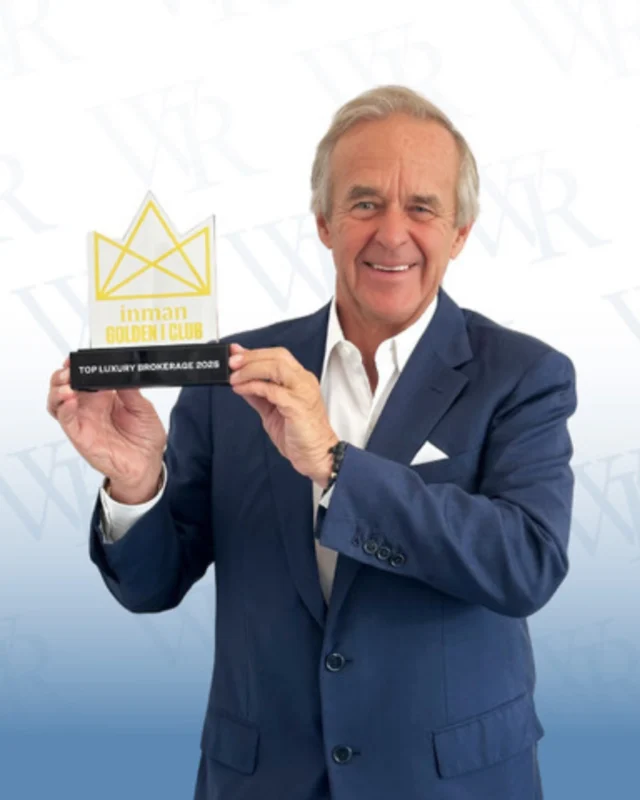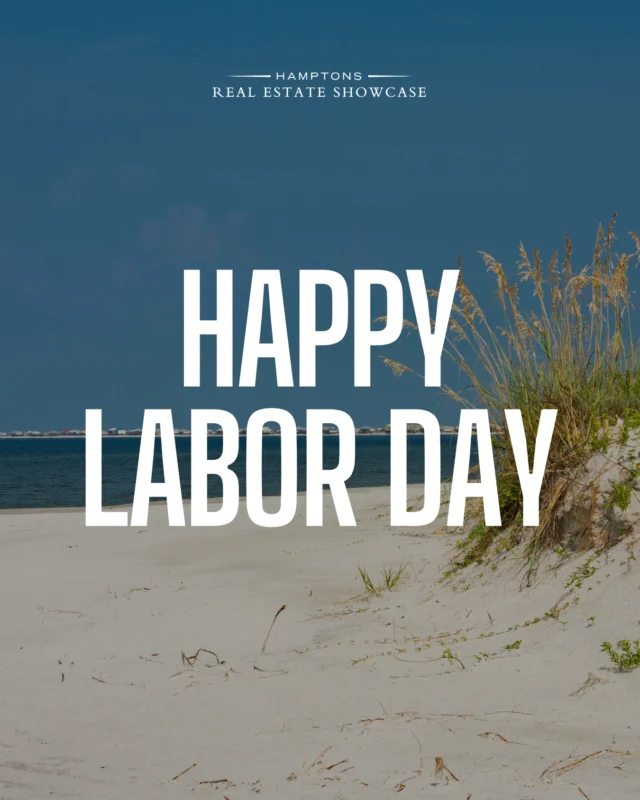There is a transition happening in how we supply and use energy. Below is a conversation with Gordian Raacke of Renewable Energy Long Island which promotes clean, sustainable energy use and generation on Long Island.
What is happening with the way we supply and use energy?
Today’s antiquated energy system is very inefficient and convoluted. Let’s look at electricity for example. We still use the same basic model Thomas Edison used in 1882. We go far and wide, drill holes, dig sand pits that can be seen from space, remove mountain tops to obtain coal, oil, gas or uranium. We build massive pipelines and infrastructure to transport and process these fuels long distances. Huge, centralized power plants burn these fuels (or start an atomic reaction) to boil water to run turbines to produce electricity. The electricity goes over hundreds of miles of transmission wires, is reduced in voltage at substations and prior to using it at home – all so we can plug in a water kettle to make tea.
This is all incredibly inefficient, isn’t it? We’ve lost energy at every step. We have also polluted air and water, dumped enormous amounts of greenhouse gases into our atmosphere, destroyed ecosystems and impacted the health and livelihood of communities along the way.
That is the old system – what’s changed? With new technologies and changes in utility regulations, this model is changing. Solar systems allow consumers to generate their own power. Customers can reduce energy consumption through efficiency and energy management technologies such as smart
thermostats.
How important is efficiency? Generating power at or near the point of use reduces or eliminates the loss of energy in the long supply chain of the old system. We still need a transmission grid but much of the old infrastructure can be eliminated or reduced with efficiency and renewable energy. Consumers also have tremendous opportunities to reduce waste. Super insulated, tight buildings need less energy to heat and cool them. Smarter, efficient appliances, lighting and controls avoids wasteful energy consumption.
What’s changed with regulations and the role of the utilities?
In New York and other states, people can buy shares in smaller community solar arrays located off their premises. They get credit on their electric bill for electricity produced by systems off site. Customers can also buy their power from larger renewable energy suppliers right now. The centralized power model controlled by utility and power companies is beginning to crumble as consumers play a role in shaping the energy system by choosing their energy sources and becoming power generators themselves. Some say the transition to efficiency and renewables is inevitable. If you agree with that, why do you think this is true?
The transition to a carbon free economy through efficiency and renewables is not only possible but inevitable because it is so much better. Current energy practices are unsustainable and renewable energy is now cost competitive or less costly than conventional energy sources. A smart, decentralized energy system using locally available, clean, renewable energy in an efficient manner, where consumers own their sources of power, offers more benefits to more people.
Clean renewable energy, efficiency and smart energy management technologies are replacing dirty fossil generation, dangerous nuclear power, and wasteful energy consumption just like laptops, cell phones and the internet have replaced typewriters, rotary phones and fax machines.















![Christine Mack’s passion for art goes far beyond collecting. Through her foundation and new exhibition at the Southampton Arts Center, she’s spotlighting the voices shaping the future of contemporary art. With a sharp eye, intuitive taste, and deep dedication to emerging artists, Mack is redefining what it means to collect with purpose. [link in bio]](https://hamptonsrealestateshowcase.com/wp-content/uploads/sb-instagram-feed-images/542905246_18531825304030135_6954522886737247427_nfull.webp)
![Interior designer @nealbeckstedt brings his philosophy of slow design to this Sag Harbor cottage, originally a 19th-century workers’ dormitory. From reusing century-old beams to curating one-of-a-kind finds, every detail was chosen with intention to create a space that feels warm, timeless, and deeply personal. [link in bio]](https://hamptonsrealestateshowcase.com/wp-content/uploads/sb-instagram-feed-images/543661138_18531659152030135_7156920984645144201_nfull.webp)




